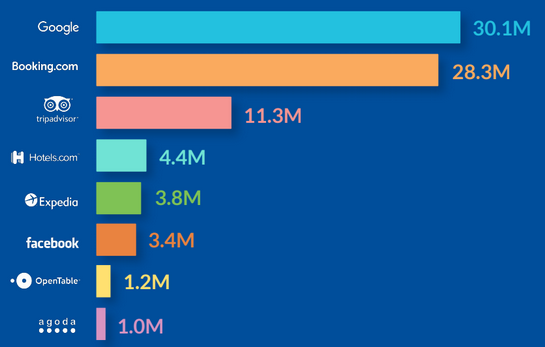For so long now we have taken the ability to explore and discover the world for granted. We are already seeing some interesting trends shaping the travel and tourism landscape. Global travel technology company Amadeus declared 2020 the year of ‘conscious travel,’ reporting that a significant percentage of travellers now factor in sustainability when choosing how and with whom to travel. Meanwhile, Skyscanner’s APAC Travel Trends report revealed slow travel as the type of trip most desired by travellers in 2020.
Amongst the youngest generation of travellers, Gen Z, an even greater sense of ideology is emerging. Dubbed the ‘we generation,’ they are purpose-driven, caring deeply about movements far bigger than themselves. Two thirds are more likely to buy from a company that contributes to social causes, while a third have stopped buying from a company that contributes to a cause with which they disagree.
Success will lie with those brands that recognize the volatility of the industry – and the world – we live in. They will acknowledge and embrace the huge responsibility we have to create meaningful travel experiences driven by a cause that reaches far beyond our guests, a purpose that goes much deeper than a great breakfast or a comfortable bed.
The future of travel lies with those brands that stand for something, those brands that lay down roots and seek to make a positive and lasting difference in the communities and environments in which they operate.




